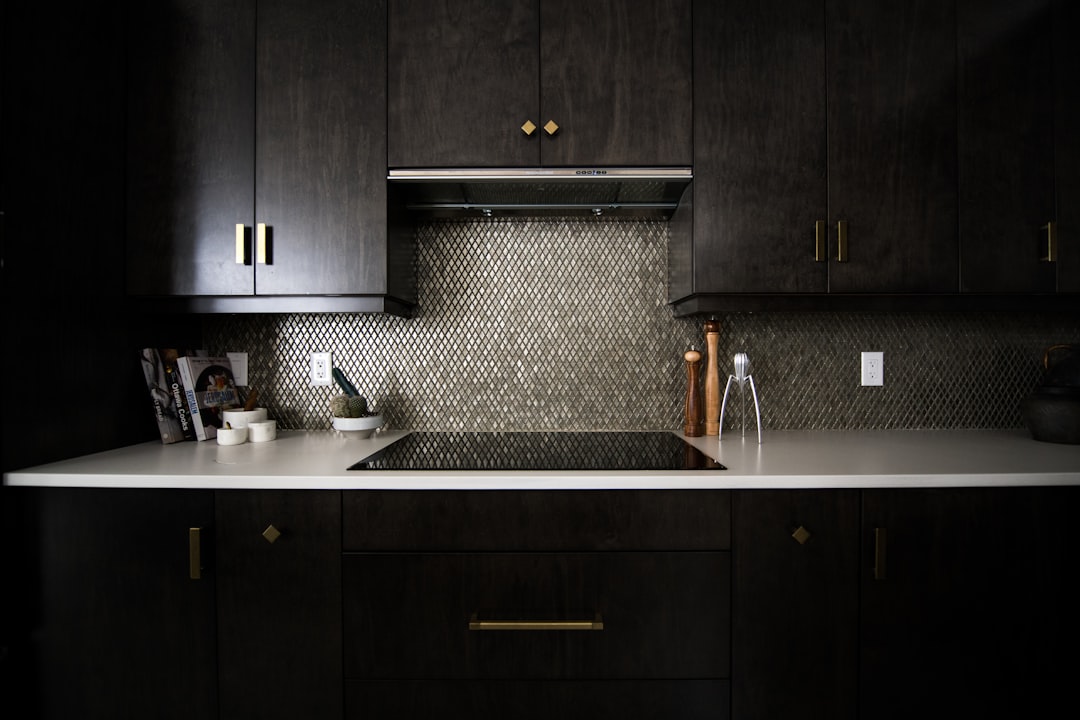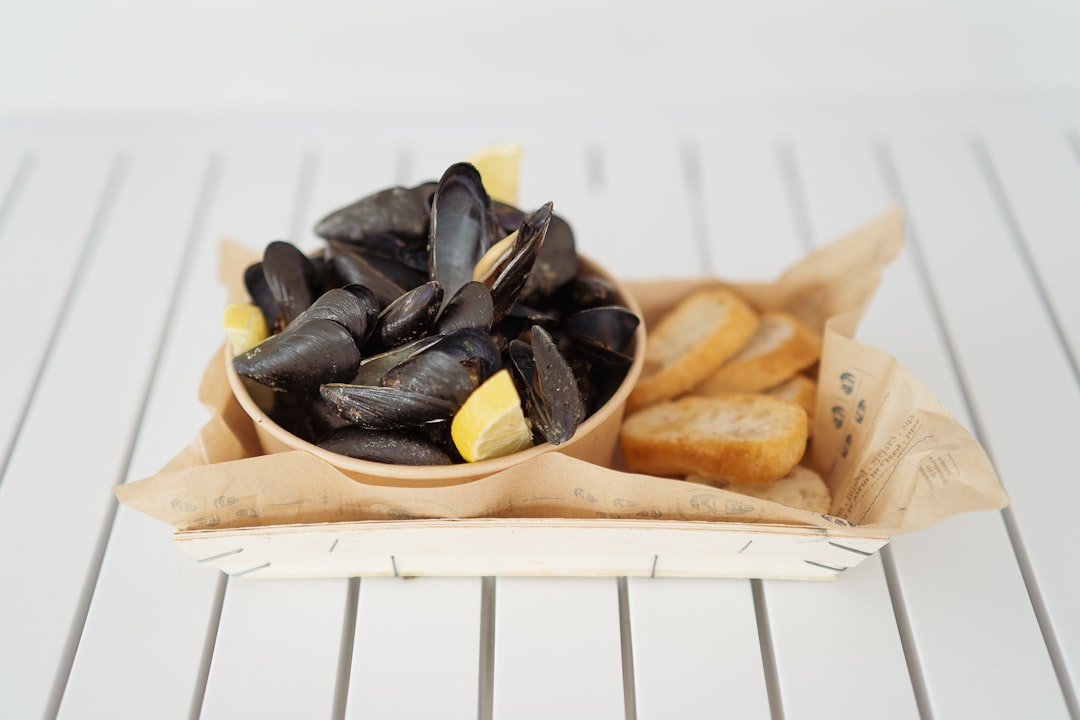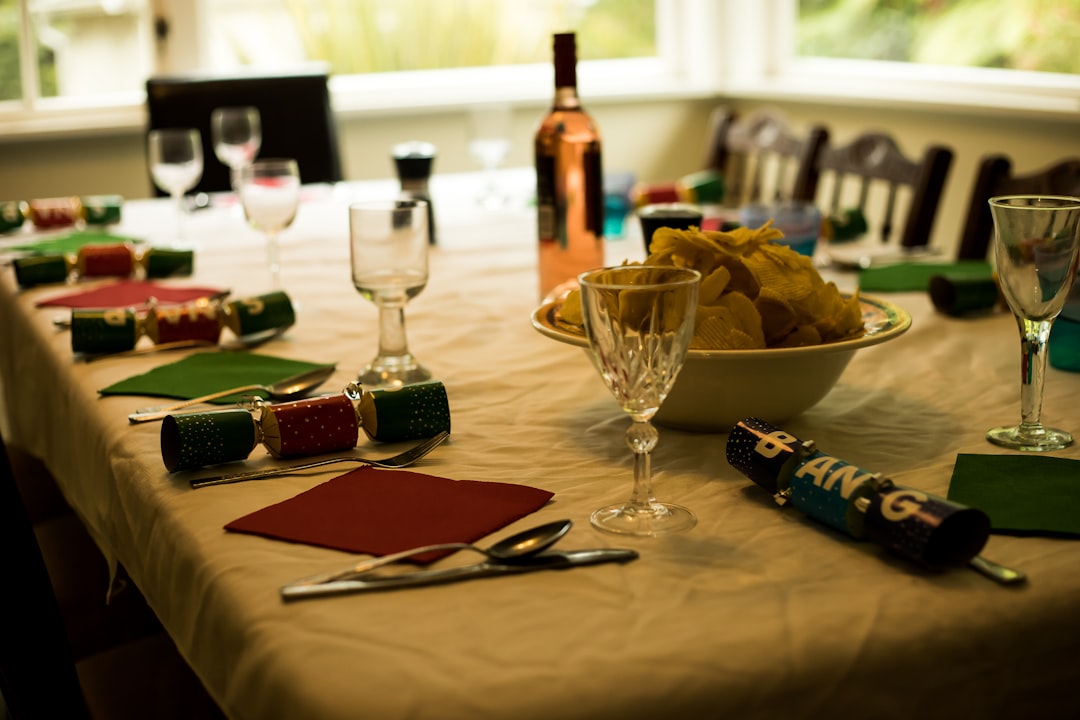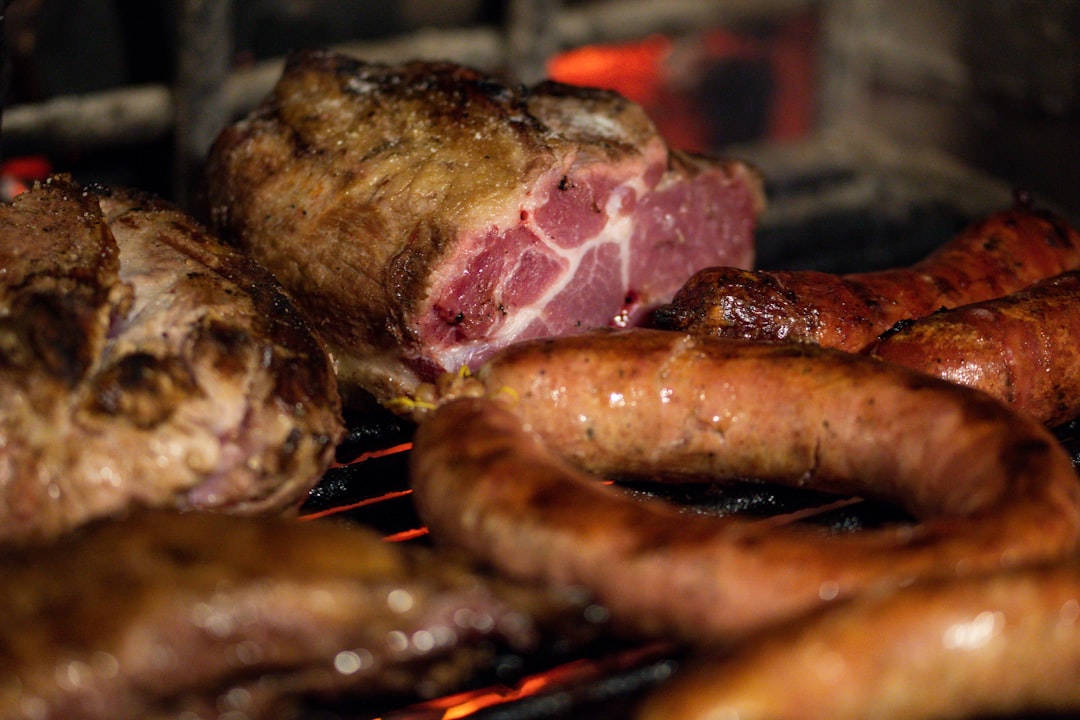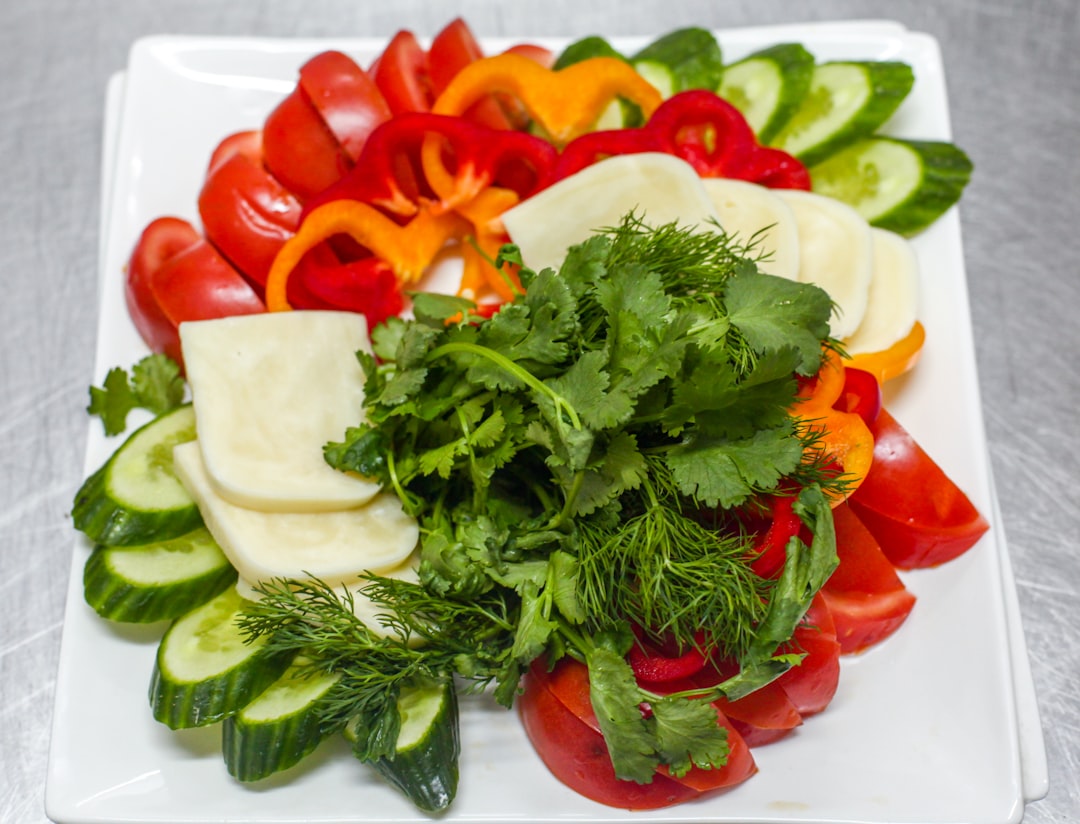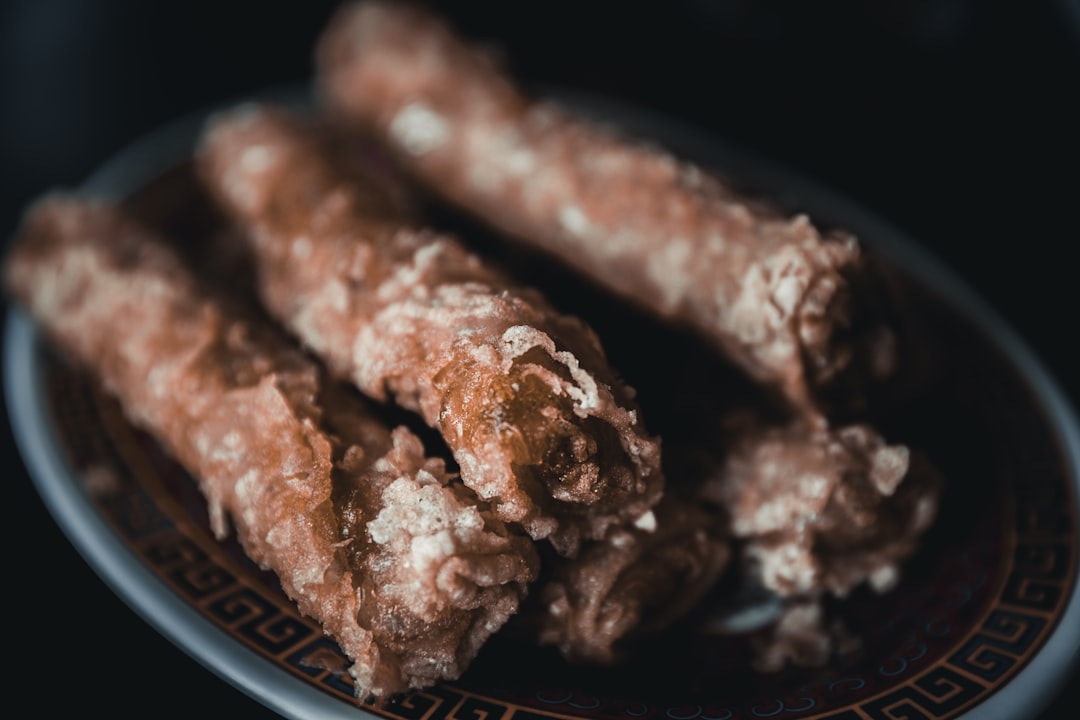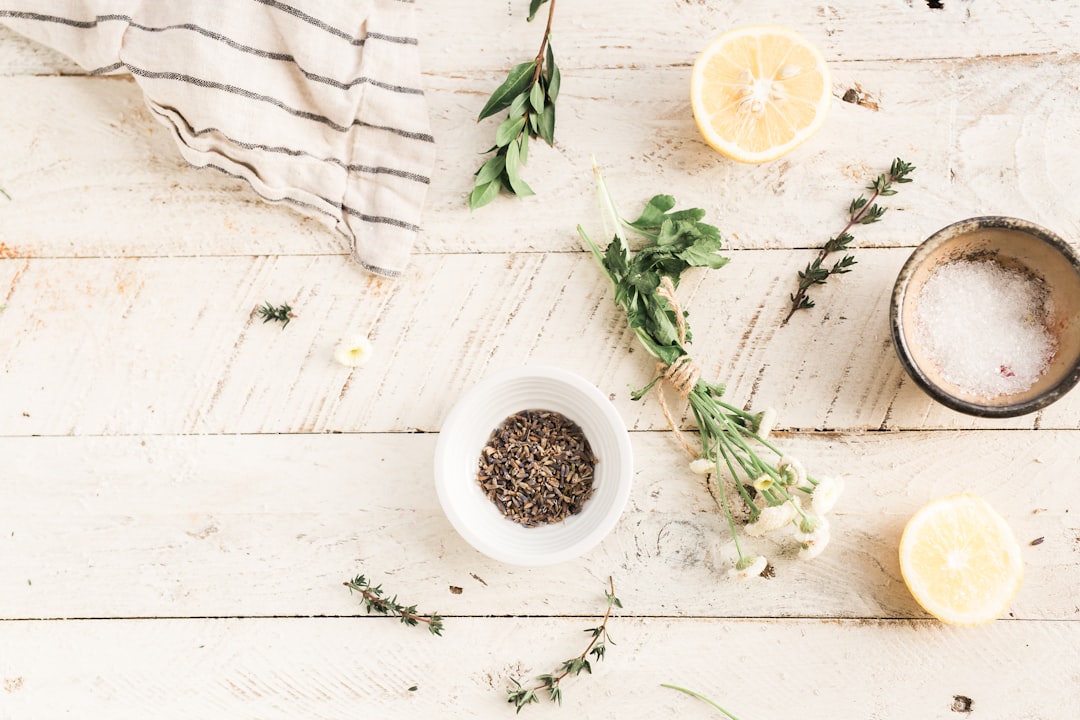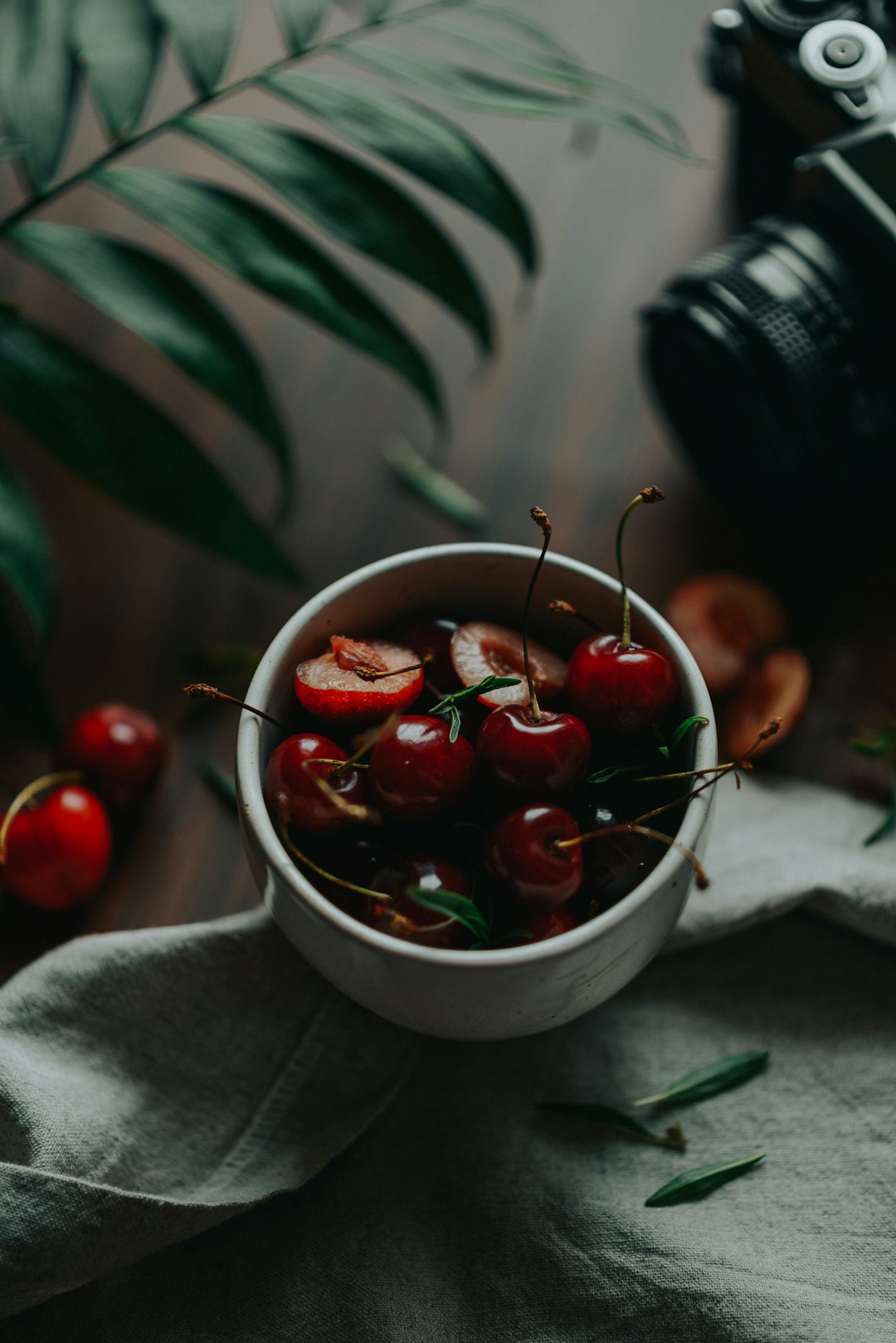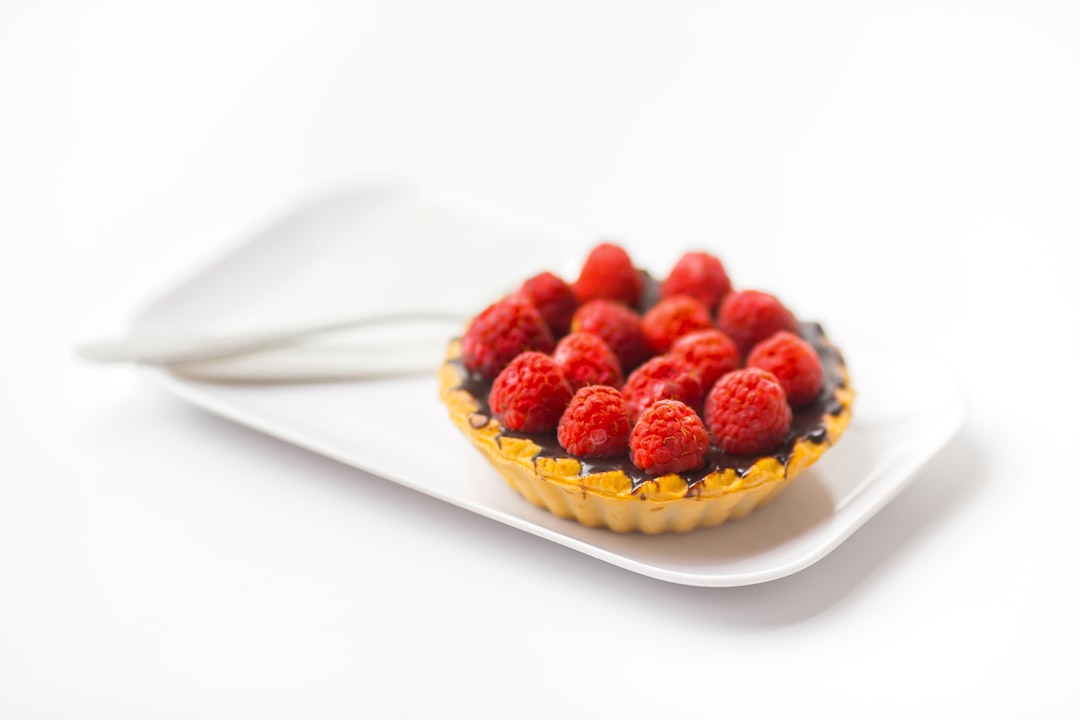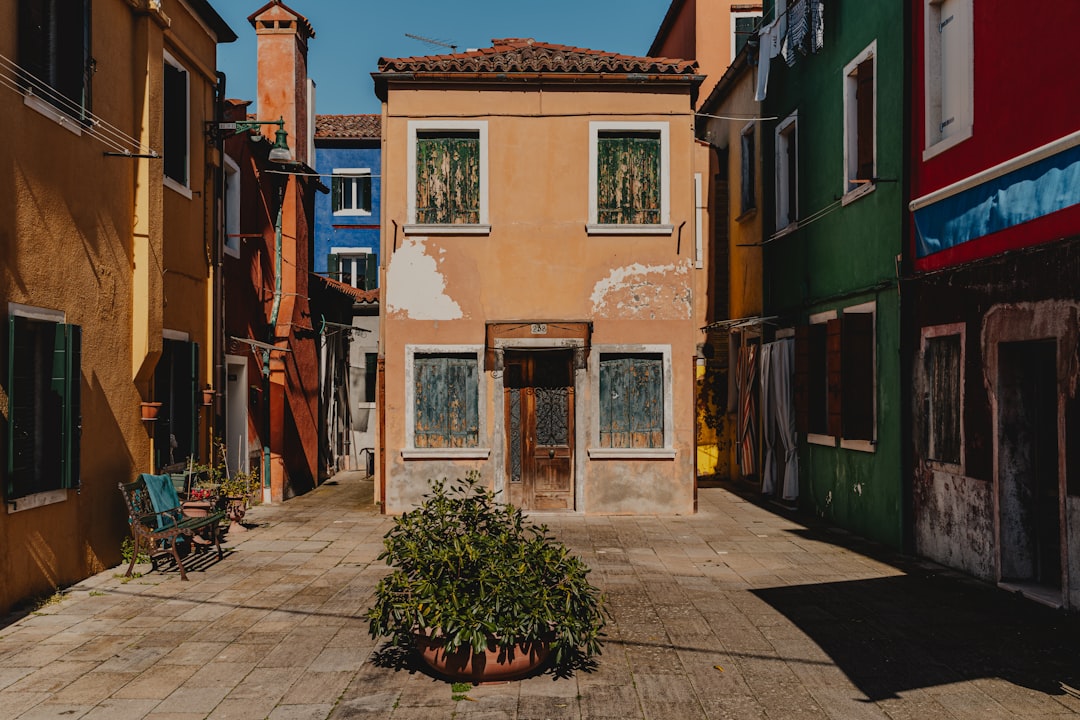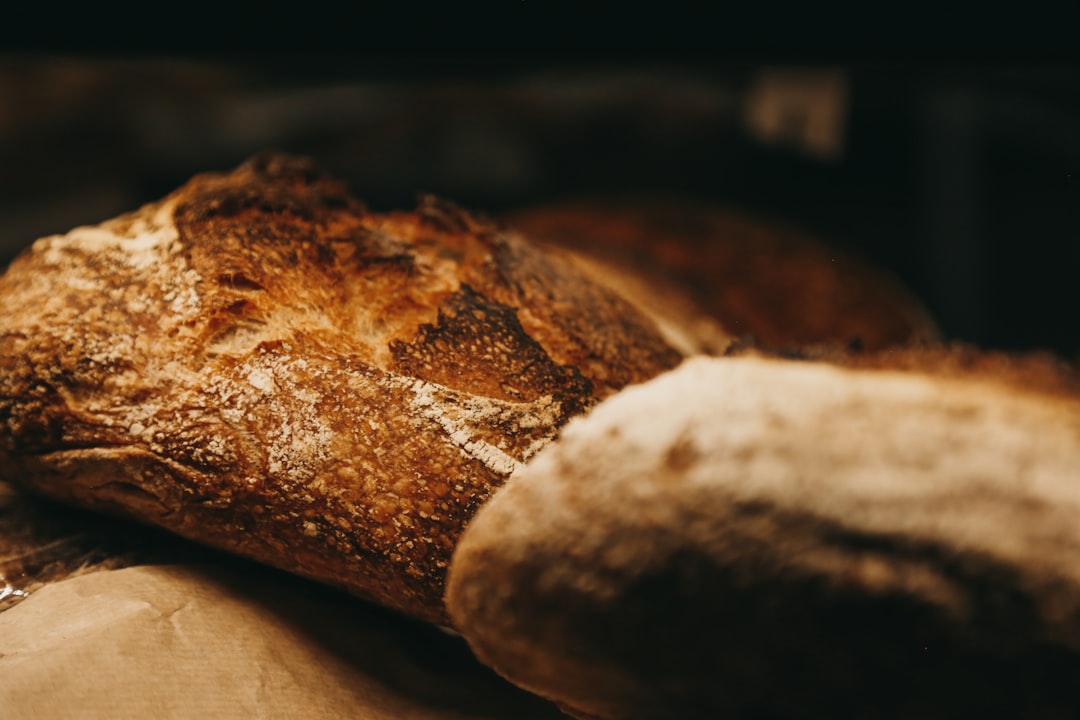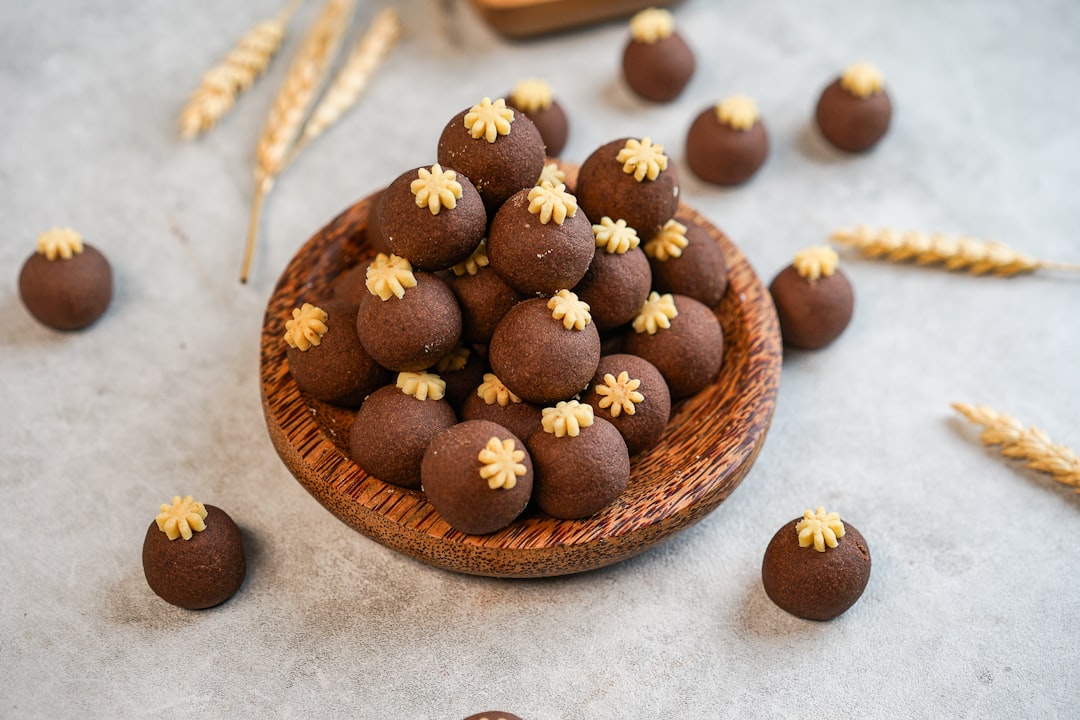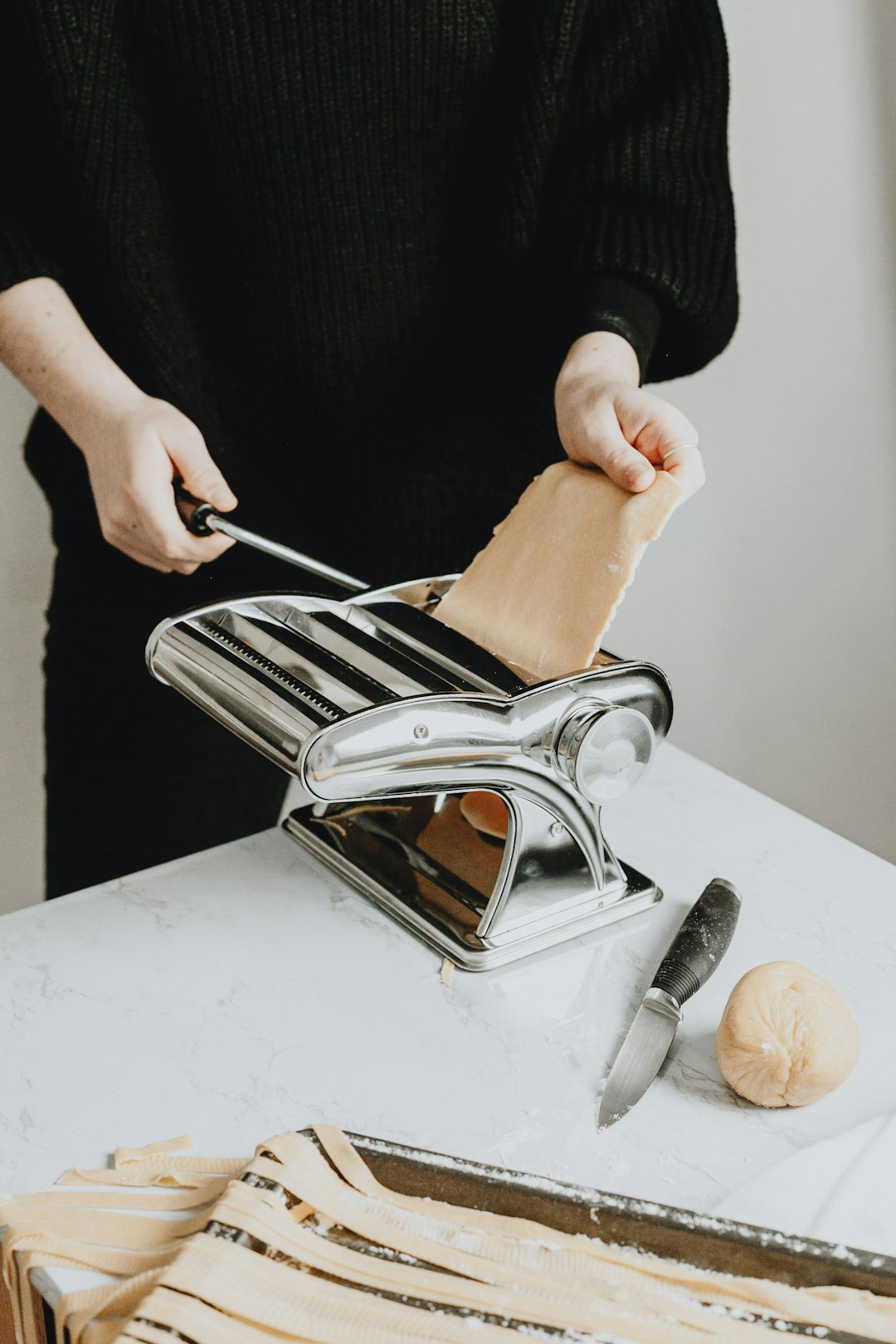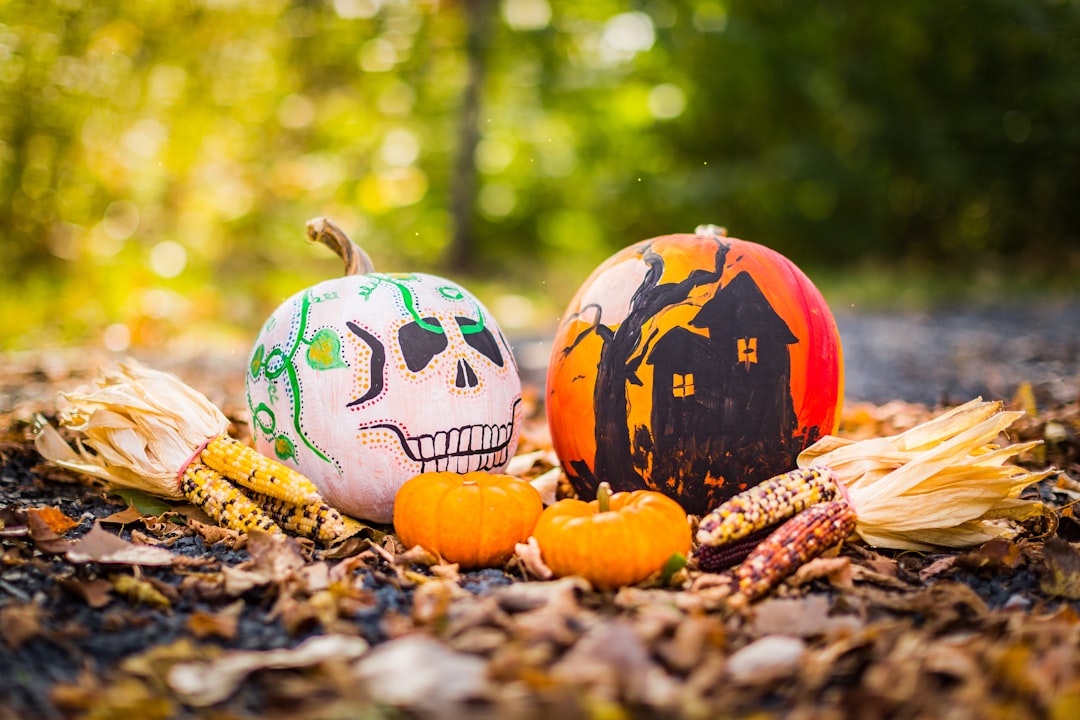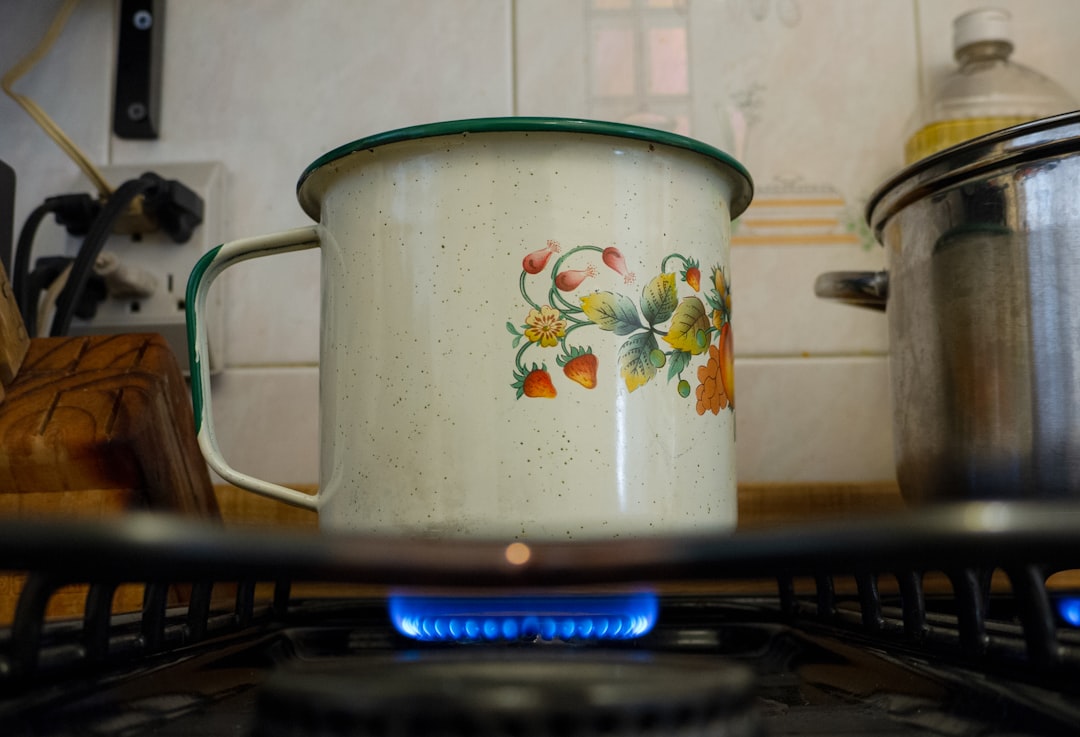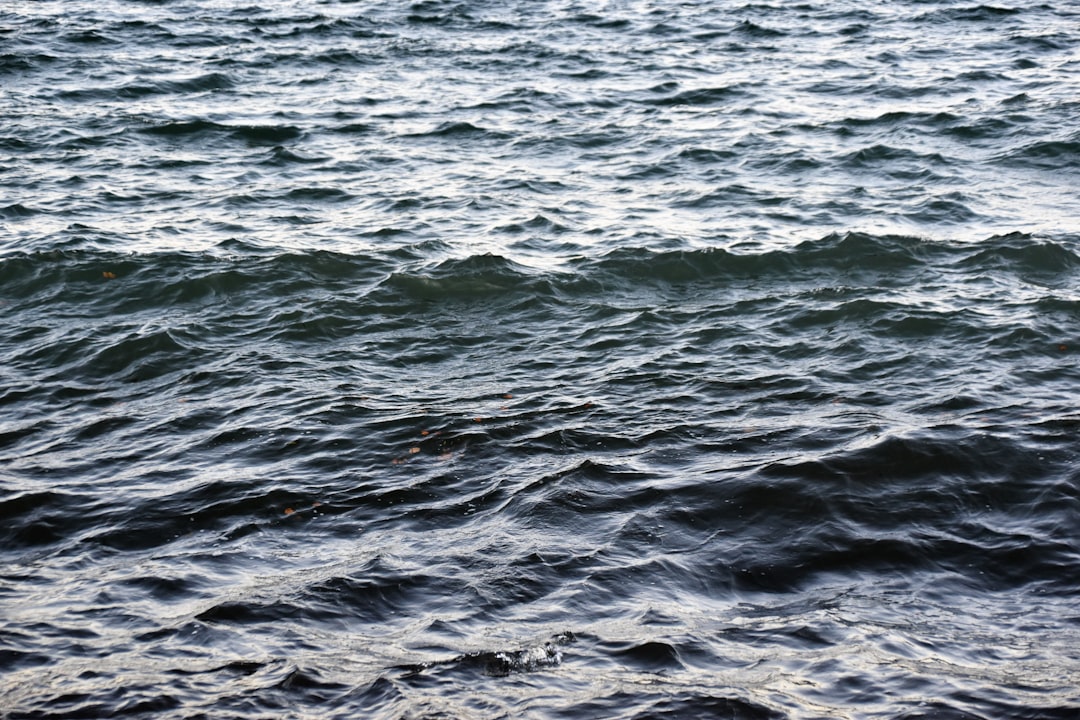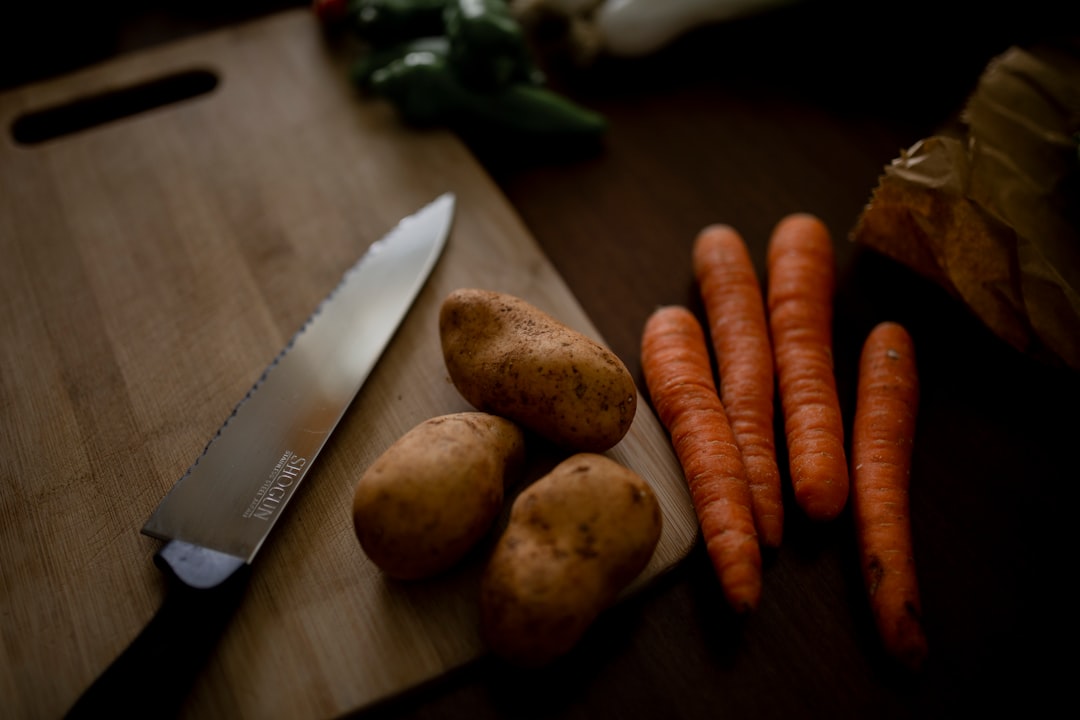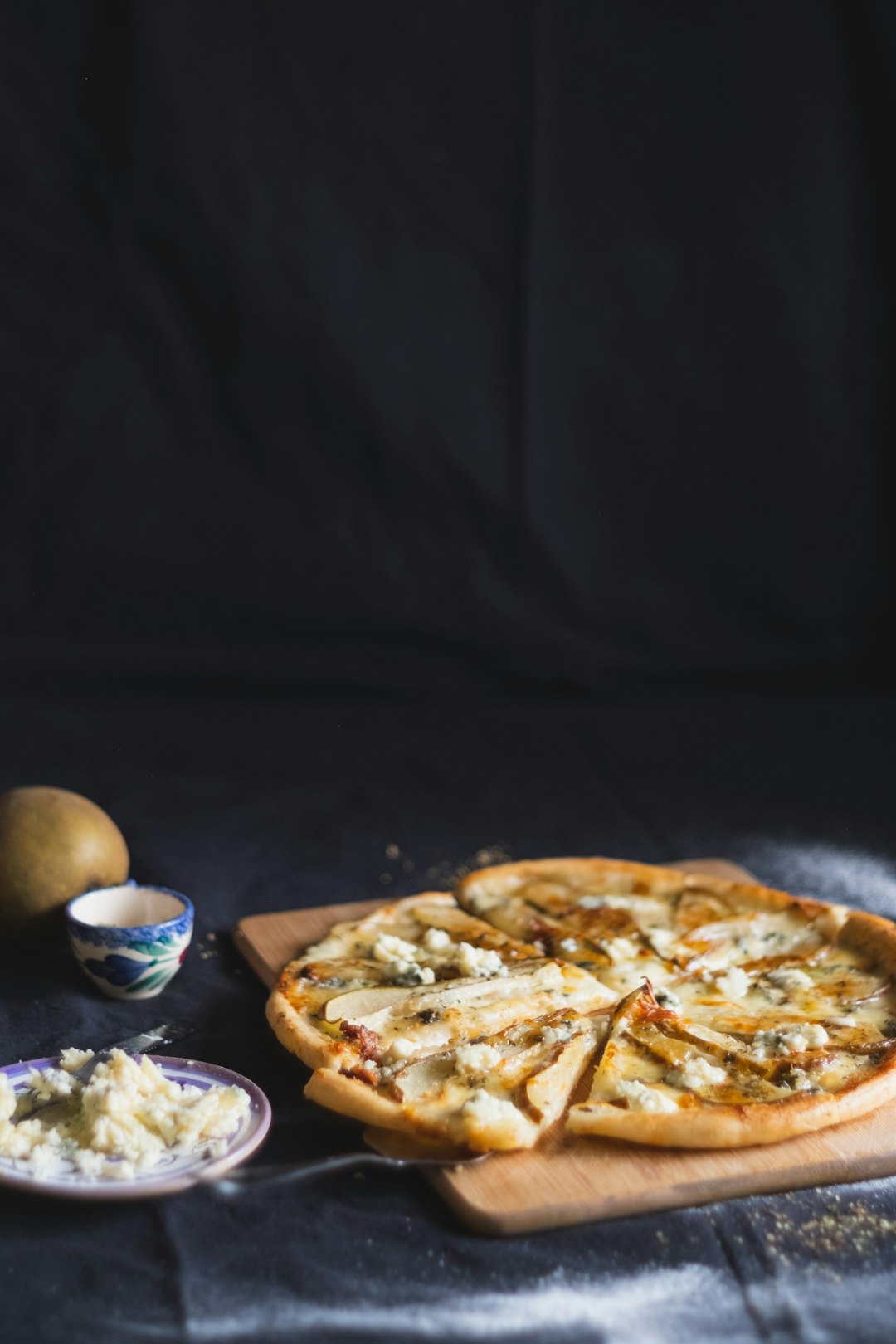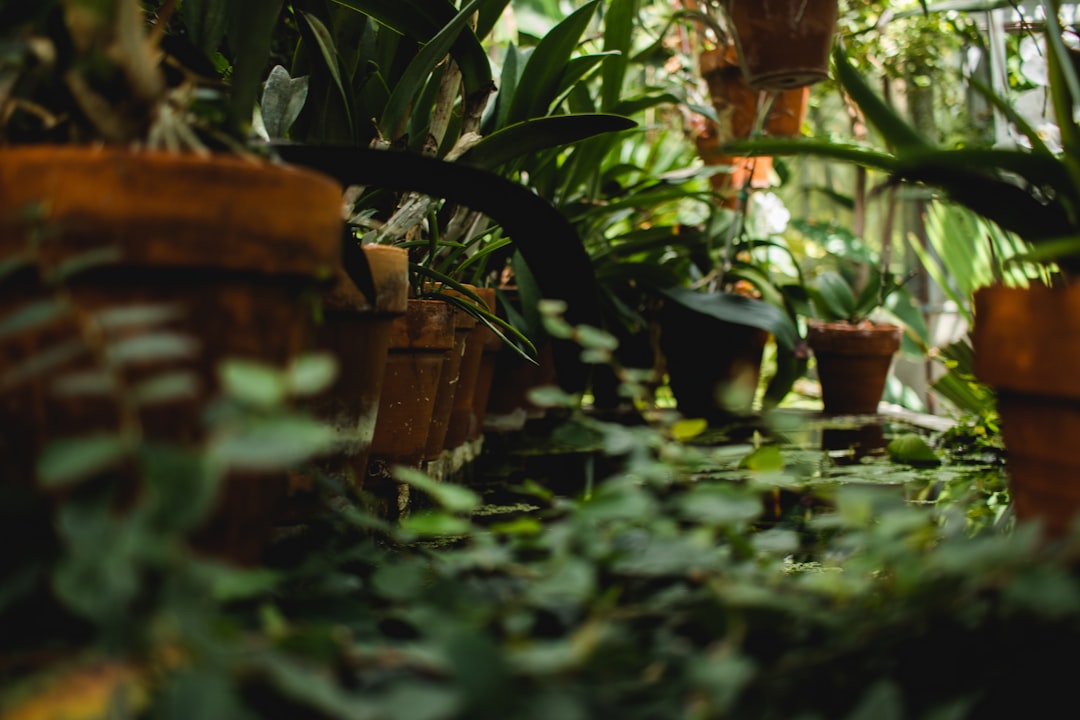
When it comes to seafood, not every type of skin is a delight to consume. This often leads people to ponder the question: “Can you eat salmon skin?” The answer is a resounding yes! However, to truly savor the experience, it's crucial to adopt some straightforward techniques to transform the salmon skin into a golden - brown and crispy treat, rather than a rubbery mess. In this article, we'll guide you through the process of cooking salmon skin, whether it's still attached to the fish or prepared as a makeshift “chip.”
First, let's understand the benefits of eating salmon skin. Salmon skin is not only delicious but also packed with nutrients. It contains a significant amount of omega - 3 fatty acids, which are essential for heart health, reducing inflammation, and promoting brain function. Additionally, it has protein and various vitamins and minerals. So, by cooking and eating salmon skin, you're not just indulging your taste buds but also nourishing your body.
### Cooking Salmon Skin on the Fish
One of the most common ways to cook salmon with the skin on is pan - searing. Start by patting the salmon fillet dry with a paper towel. This step is crucial as it removes excess moisture, which helps the skin crisp up better. Season the skin side with a little salt and pepper. Heat a skillet over medium - high heat and add a small amount of oil. Once the oil is hot, carefully place the salmon fillet skin - side down in the skillet. You'll hear a satisfying sizzle.
Let the salmon cook undisturbed for about 3 - 4 minutes. This allows the skin to develop a nice crust. During this time, the fat in the skin will start to render, adding flavor to the fish. After the initial cooking time, you can flip the fillet and cook the other side for another 2 - 3 minutes, depending on the thickness of the fillet. The key is to cook the salmon until it's opaque and flakes easily with a fork, and the skin is crispy.
Another method is baking. Preheat your oven to 400°F (200°C). Line a baking sheet with parchment paper or a silicone baking mat. Place the salmon fillets skin - side down on the prepared baking sheet. Drizzle a little olive oil over the fillets and season with your favorite herbs and spices. Bake for about 12 - 15 minutes, again depending on the thickness of the fillet. Keep an eye on the skin; it should turn golden and crispy. You can broil the fillets for a minute or two at the end to give the skin an extra crunch.
### Making Salmon Skin “Chips”
If you want to enjoy salmon skin as a standalone snack, making “chips” is a great option. First, remove the salmon skin from the fish. You can do this by using a sharp knife to carefully separate the skin from the flesh. Make sure to remove any remaining scales. Cut the skin into small, bite - sized pieces.
Season the skin pieces with a variety of flavors. You can use simple salt and pepper, or get creative with spices like paprika, cumin, or garlic powder. You can also add a touch of lemon zest for a fresh, citrusy flavor. Heat a small amount of oil in a skillet over medium - high heat. Once the oil is hot, add the skin pieces in a single layer. Cook for about 1 - 2 minutes on each side until they are crispy and golden brown. Remove them from the skillet and place them on a paper towel - lined plate to drain any excess oil.
You can also bake the salmon skin chips. Preheat your oven to 375°F (190°C). Line a baking sheet with parchment paper. Arrange the seasoned skin pieces on the baking sheet in a single layer. Bake for about 8 - 10 minutes, flipping them halfway through the cooking time. The chips should be crispy and ready to enjoy.
In conclusion, salmon skin is a versatile and delicious ingredient that can be cooked in various ways. Whether you're cooking it on the fish or making it into chips, following these simple recipes will ensure that you get the most out of this often - overlooked part of the salmon. So, the next time you have a salmon fillet, don't throw away the skin. Instead, turn it into a crispy and nutritious treat!
